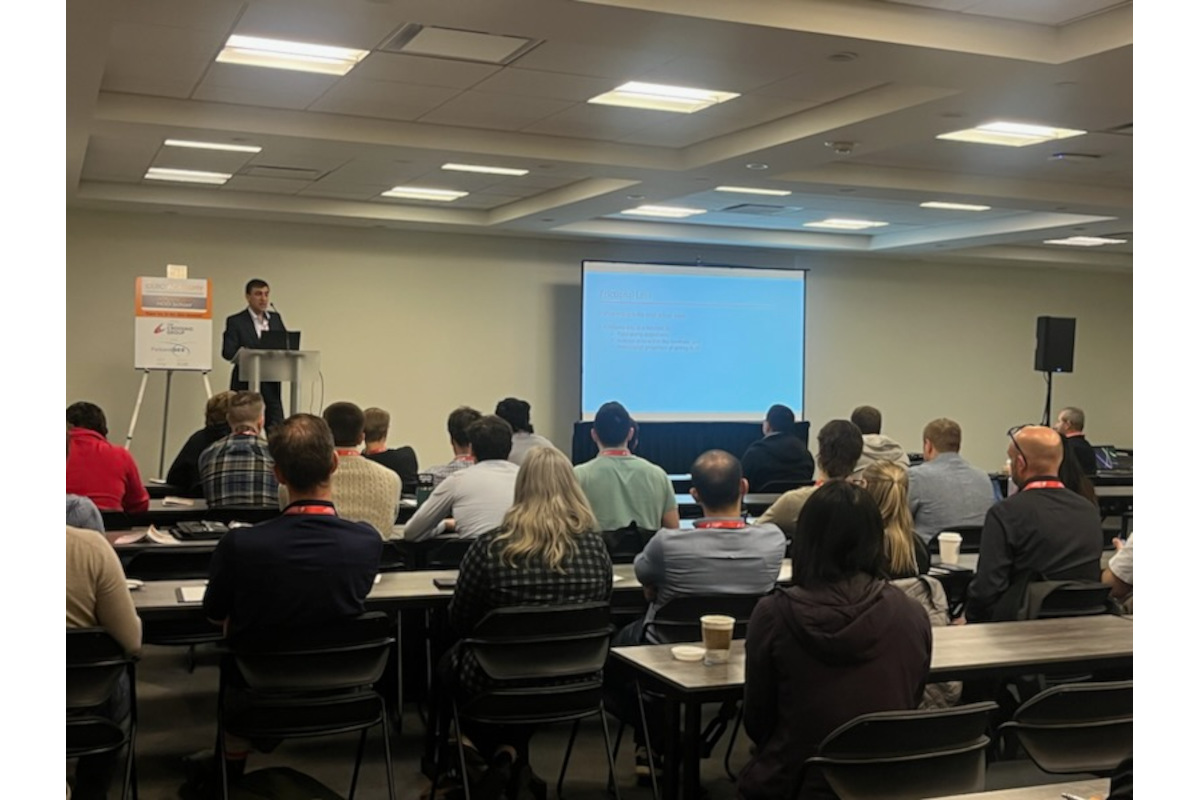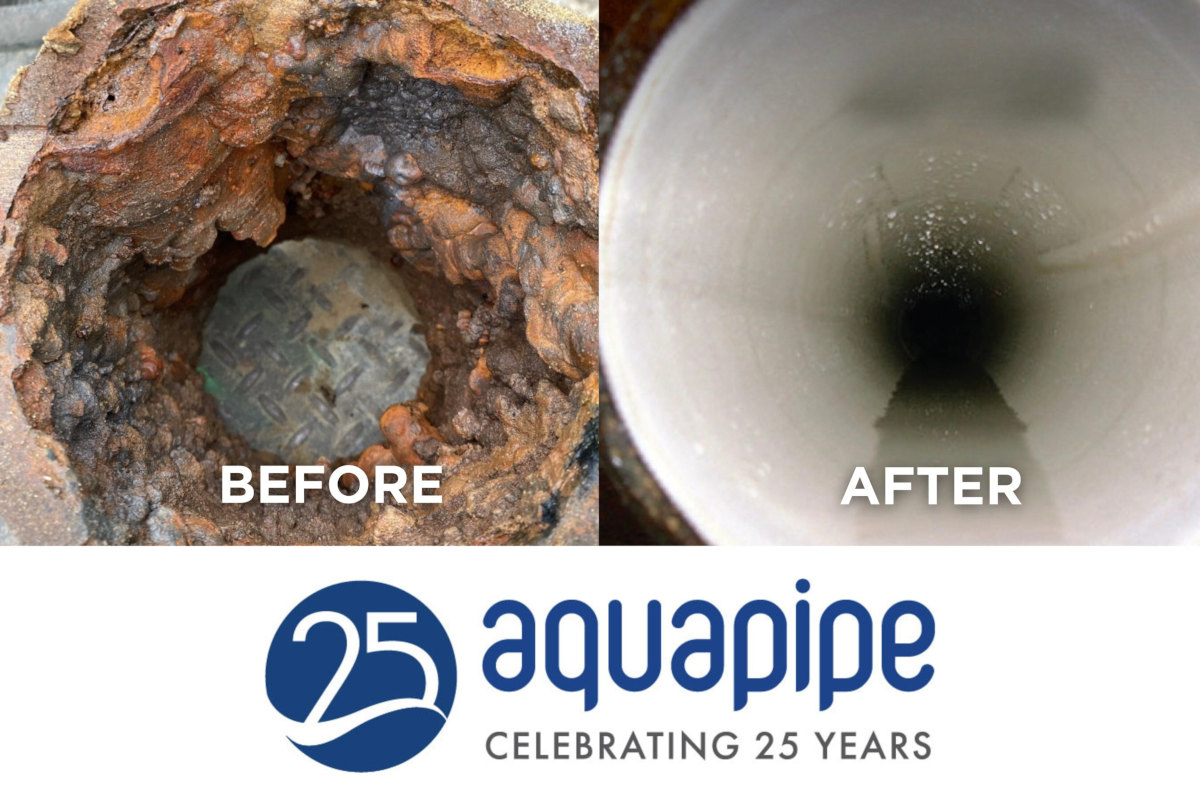
CIPP Project Gives New Life to Ontario Trunk Sewer
Infrastructure Upgrade Requires Complex Redundant Bypass System
Situated on the southern border of Ontario, Canada, on the shores of Lake Ontario midway between Ottawa and Toronto, the City of Kingston is home to approximately 150,000 people. Utilities Kingston manages water, wastewater, gas, electrical and broadband fiber optics for many of Kingston’s residents, and also provides wastewater services to nearly 40,000 homes and businesses. Its staff maintains and operates three wastewater treatment plants, 37 lift stations and more than 475 km of sanitary and combined sewer main.
As part of upgrading and rehabilitating system infrastructure — much of it more than 100 years old — Utilities Kingston needed to rehab the North End Outlet Trunk Sewer and corresponding manholes. They hired Robinson Consultants, a local multi-disciplinary consulting engineering firm, to design the cured-in-lace pipe (CIPP) project and Ottawa-based Clean Water Works (CWW) as the general contractor.
CWW chose Atlas Dewatering Corp. to spearhead a comprehensive turnkey bypass. Atlas, the local distributor for Godwin and Flygt brand pumps from Xylem for the past four years, stepped in with a turnkey custom-engineered solution – from bypass design, installation and pressure testing to system monitoring.
“We had worked with Atlas in the past,” says CWW relining manager Sandy Campbell. “We needed a team that could take care of the bypass so we could focus on the CIPP. These guys are pros and we were excited about doing another project with them. The Atlas team collaborated well with us to pull together a bypass design that made sense and gave Utilities Kingston what it needed.”

At two different locations along the 3,000-ft discharge, the twin pipelines were direct-buried to accommodate roadway crossings.
The Bypass Planning
To facilitate the CIPP installation, Atlas designed the bypass for average daily flows of 7,450 gallons per minute (GPM) and peak flows of 15,000 GPM, simultaneously building in 100 percent redundancy to prevent a sanitary sewer overflow (SSO) or other significant environmental mishap. Atlas specified a fuel-efficient Godwin DPC300 Dri-Prime pump as the primary pump, and for the back-up lag pump, they chose a Godwin CD300M. This pump pairing was more than enough to manage even the most significant rain event, especially since this wintertime project would likely experience less rain and subsequent bypass flow. The two pumps would be installed sequentially, with the second pump set to kick on if the level in the manhole or the flow rates in the discharge lines reach pre-set limits. To meet the 100 percent redundancy requirement, Atlas installed two additional Godwin CD300M pumps that would power-on automatically should either of the two primary pumps fail.
The system design featured auto-dialers to send call notifications to CWW and Atlas personnel when the back-up pumps started, providing peace-of-mind that the system was working as planned. Given the proximity of the bypass system to neighborhood and residential activity, Atlas ensured that all four Godwin pumps were critically silenced. Further, they planned daily fuel cube resupply for the diesel-driven pumps, ensuring easy and environmentally safe refueling as well as continuous uninterrupted bypass operation.
The project’s timetable called for pipe installation and air-testing in November and December. Pump and manifold installation would follow in January to complete the bypass system.
Bypass Installation, Trenches and All
Kicking off the installation process in November, Atlas installed a larger, 6-ft deep manhole to accommodate the suction points.
The bypass piping, consisting of twin 18-in. high-density polyethylene (HDPE) lines running off a manifold, stretched more than 3,000 ft to a downstream manhole. During pipe installation, the Atlas team addressed two major road crossings — one two-lane and one four-lane — and cut trenches four feet wide and three feet deep across both roads to accommodate the piping. With plywood over the flanges, the piping remained in the ground and under a foot of asphalt until spring, when the Atlas team returned to remove it and permanently seal and repair the road surface. Atlas personnel installed discharge lines with numerous access points to facilitate isolation and drainage as needed. The openings were outfitted with full port isolation valves, air release valves, and valved vacuum-breakers. If a lateral needed to be pumped into the main discharge line during the bypass, the vent could be removed and a one-way check valve installed to allow discharge.

Clean Water Works built a new 6-ft deep manhole structure to accommodate the suction point of the Godwin bypass pumps.
All Systems Go
Once the system was ready for operation, CWW installed a pneumatic plug on the downstream side of the suction manhole. They placed a back-up plug and airline onsite with a dedicated air compressor to ensure that the plug remained inflated at all times. A glycol heating system was added to the bypass to prevent freezing during low-flow periods. Beating the original project schedule, the Atlas team designed, installed, tested and began bypass operations by Jan. 15.
Two freeze/thaw cycles took place during the project, and several rain events directed more flow through the engineered solution than anticipated. No matter what Mother Nature threw at the project, it was no problem. The system easily handled any excess water due to the extra capacity that was designed in from day one. With an understanding of the complexity and criticality of this project, the Atlas team fitted the system with transducers and floats to provide automated monitoring and provided 24/7 pump watch duty over the life of the bypass — with system inspections taking place at one-hour intervals.
The system operated flawlessly for six weeks, a span that was two weeks shorter than originally planned, as there was no need to complete the rehabilitation work in phases. From start to finish the entire trunk sewer was isolated, allowing for one mobilization for lining and manhole rehabilitation crews, which ultimately provided a quicker rehabilitation.
“It was a pretty complex bypass, with the road crossings and the winterization and a lot of moving parts,” says Campbell. “The Atlas guys did a great job of taking care of the details so we could focus on getting the pipe rehab taken care of. It was a great partnership, and Utilities Kingston was thrilled with the outcome – a successful rehab project completed ahead of time due to the single set-up, allowing us to line over 2,800 ft of 33-in. and 36-in. collector sewer in just seven days.”
Jason Bunston, B. Sc., is the sales manager for Atlas Dewatering Corp. in Ontario, Canada.




